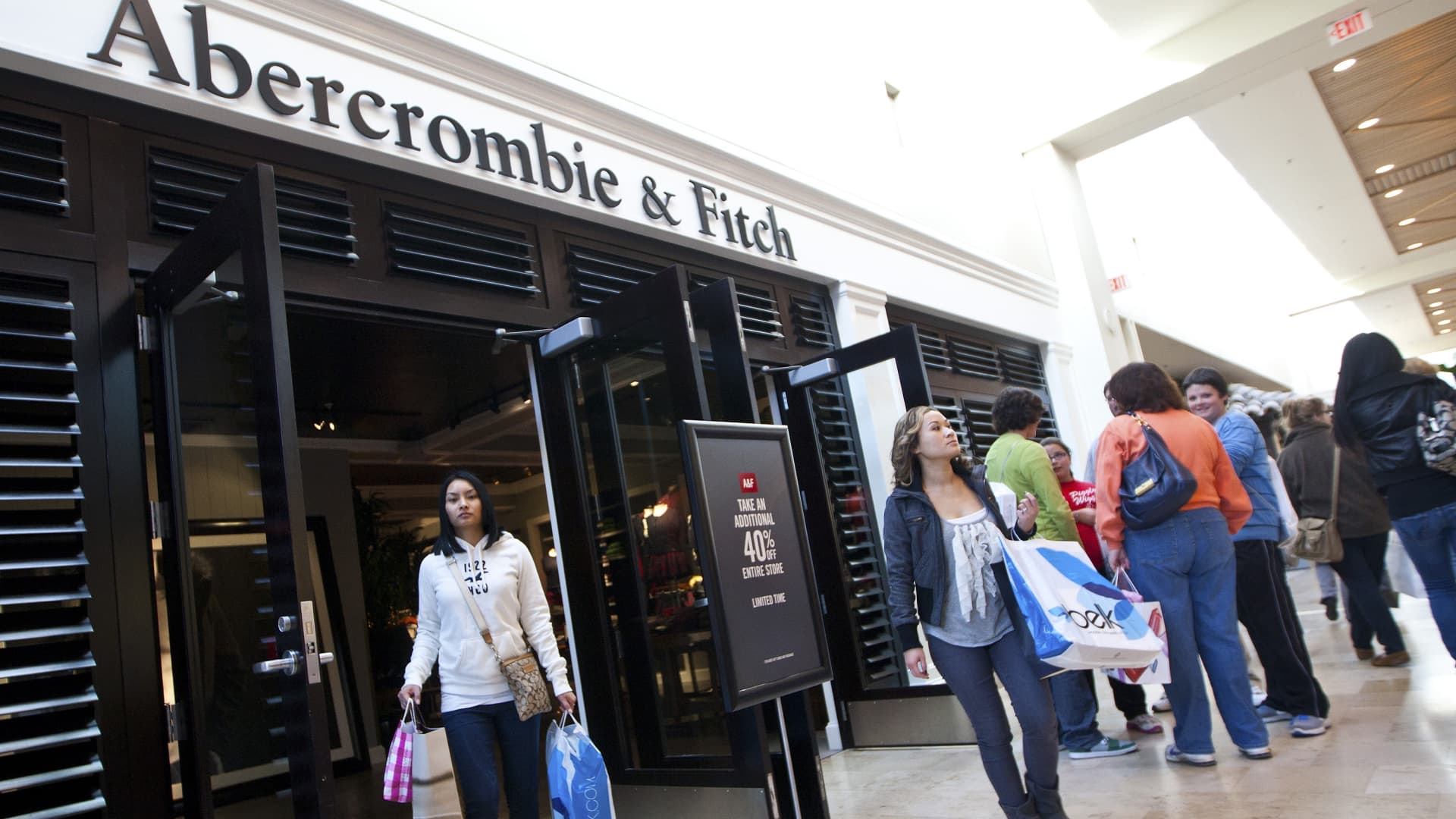
Here’s the big key from retailers this earnings season: Margins are holding up and that’s driving earnings beats even amid more tepid sales trends. As evident over the last couple of weeks, consumer spending remains rather cautious overall. Purchases of discretionary goods are being more carefully scrutinized by shoppers. That’s all led to a rather lackluster round of retail sales this earnings season. Most retailers are seeing their top line or same-store sales figures miss or meet Wall Street expectations. There have been few sales beats. Despite sales numbers treading water, there have been plenty of earnings beats – with some of the more rather shocking surprises coming Wednesday morning from Kohl’s and Abercrombie & Fitch . A main reason for strong bottom line performance: Retail margins have been holding up. There are a few factors for the solid margin performance this season. Retailers have avoided heavy discounting We haven’t seen many mentions this season that retailers are resorting to steep markdowns despite more tepid shopping trends. The absence of those discussions has been striking. Stores have avoided fire-sale clearance situations. Even a beleaguered retailer like Kohl’s gave no mention of extreme promotions in its earnings release. Some retailers have actually talked about lower markdowns: Target cited “lower clearance markdown rates” as one factor that benefited gross margin . Urban Outfitters saw “a significant improvement in gross margins.” That’s a result of “lower merchandise markdowns at the Anthropologie Group and Free People Group brands.” Lower freight and shipping costs Another major pandemic cost driver was elevated transportation costs for retailers. Those costs seem to have come down in recent months. This season’s mentions continue what we heard three months ago from the retail industry. Urban Outfitters commented, “The increase in gross profit rate was primarily due to higher initial merchandise markups at all three brands primarily driven by lower inbound transportation costs.” Abercrombie & Fitch saw gross margin improvement “primarily driven by a benefit of 760 basis points from lower freight costs .” TJX said profit margin was “primarily driven by a larger than expected benefit from freight” and that an increase in merchandise margin “was driven by a significant benefit from lower freight costs.” Solid cost controls While retailers have benefited from more favorable inventory levels and freight costs, many of them are also doing a decent job at reducing general expenses and keeping those costs under control (even as labor wages remain elevated). In many cases, we’ve seen lower selling, general and administrative (SG & A) expenses helping operating profits. Walmart saw better-than-expected operating margin expansion, buoyed by ” operating expense leverage .” Lowe’s operating margin beat as SG & A costs dropped 11%. Bath & Body Works saw “early benefits from our cost optimization initiatives .” Kohl’s saw a 4.2% drop in SG & A expenses – outpacing the 3.3% decline in net sales. VF Corp ‘s SG & A expenses fell 5% year over year – outpacing the 3% drop in revenues. Still plenty more important retail earnings reports to come over the next week. Thursday features Best Buy , Dollar Tree , Ralph Lauren, Costco , Gap and Ulta . Next week, we get the department store behemoths Macy’s and Nordstrom . Dollar General , Lululemon , PVH , and Michael Kors’ parent Capri will also report.
